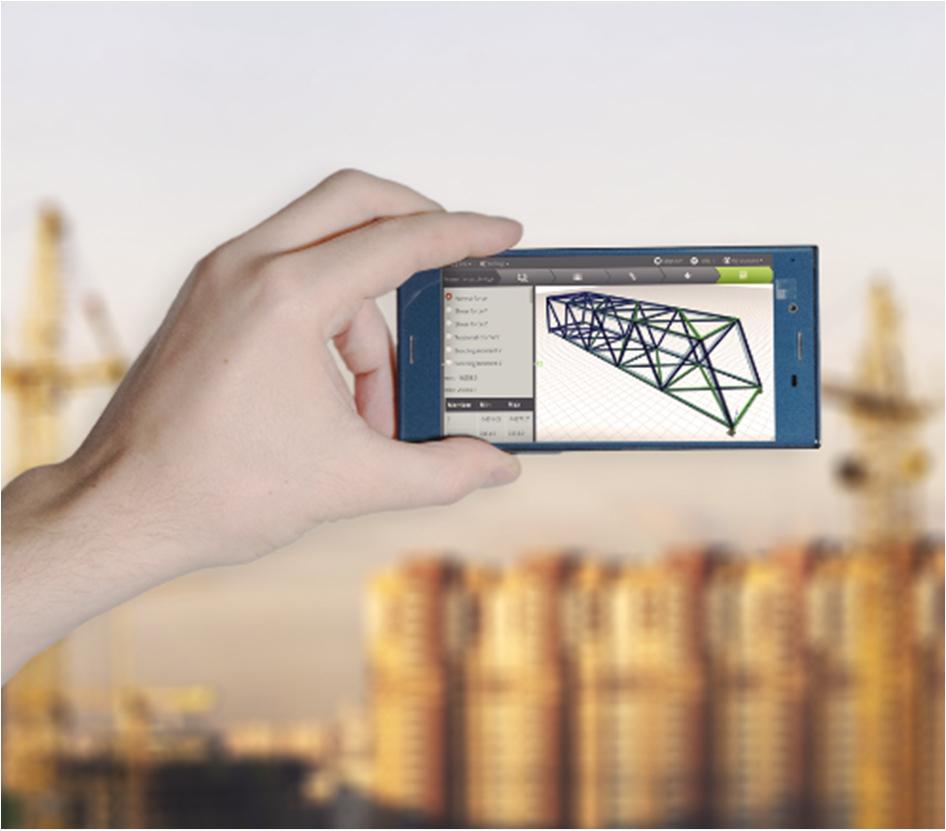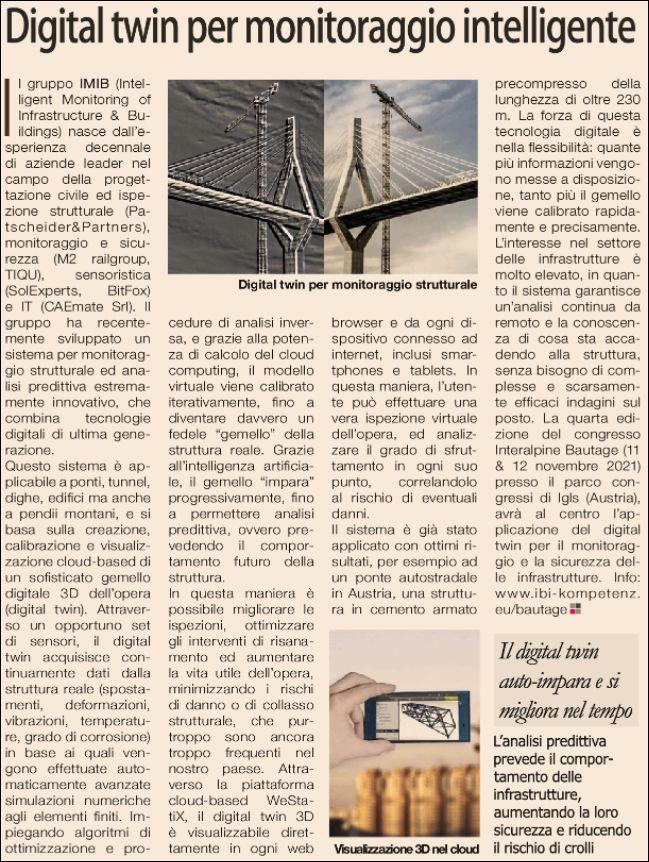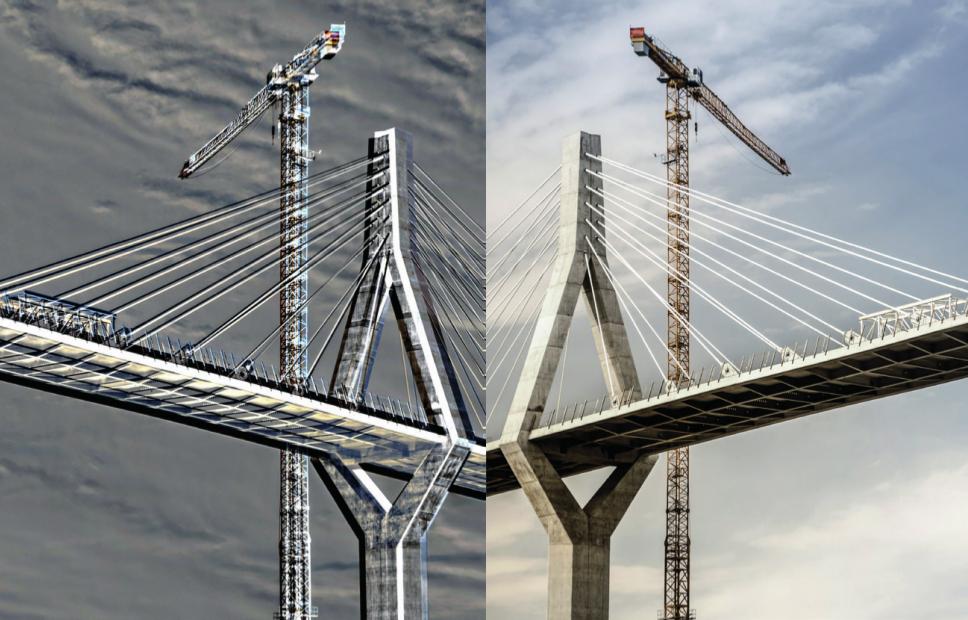We developed a highly innovative structural monitoring and predictive analysis system. It is based on the creation, calibration and cloud-based visualization of a digital twin. The system targets structural health monitoring and applies to bridges, tunnels, dams, buildings but also to mountain slopes.
How the system works
By using an appropriate set of sensors, the system continuously acquires data in terms of displacements, deformations, vibrations, temperatures, degrees of corrosion etc. from the real structure. Hence, based on the detailed measurements, advanced numerical finite element simulations are automatically performed.
The virtual model is iteratively calibrated by inverse analysis, minimizing the discrepancy between measurements and calculation. In this way, the virtual model becomes a real digital twin of the real structure. This allows to predict the future behavior of the structure, to optimize inspections, to minimize the risk of damage or structural collapse, and to extend the service life of the structure.

Goals and possibilities
The main goal is the virtual model to become a faithful “twin” of the real structure. To obtain that, optimization algorithms and inverse analysis procedures are being used. Furthermore, thanks to the power of cloud computing, the digital aggregation of the data and the information about the structure are maximizing.
This is especially possible thanks to our cloud-based platform WeStatiX. As a result, it is possible to analyze the structural model and the results from any device with an internet connection. Moreover, it is used directly in the browser and from any device connected to the internet, including smartphones and tablets.
Thanks to artificial intelligence, the twin “learns” progressively, to the point of allowing predictive analysis. That means, predicting the future behavior of the structure with a high reliability and objective methodology to evaluate the structure state.
Notably, this approach does not rely only on the evaluation of single individuals. The strength of this digital technology is flexibility. Meaning, the more information is made available, the more the twin is calibrated quickly and precisely.
Successful application of the model
The system has already been applied with excellent results, for example to a highway bridge in Austria, a prestressed concrete structure over 230 m long.
The interest about this innovative technology is great, as also pointed out by the Italian Economics journal Il Sole 24 Ore. The newspaper dedicated a nice article about this continuous Structural Health Monitoring system and the congress Interalpine Bautage. The event will take place on 11-12 November 2021 in Igls (Austria) and will focus on application of digital twins to enhance safety and maintenance of infrastructures.



